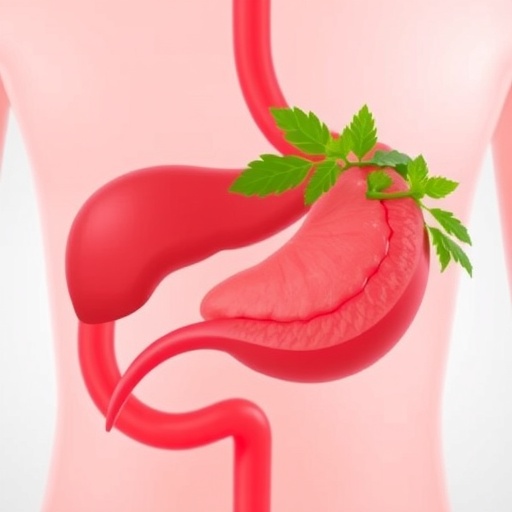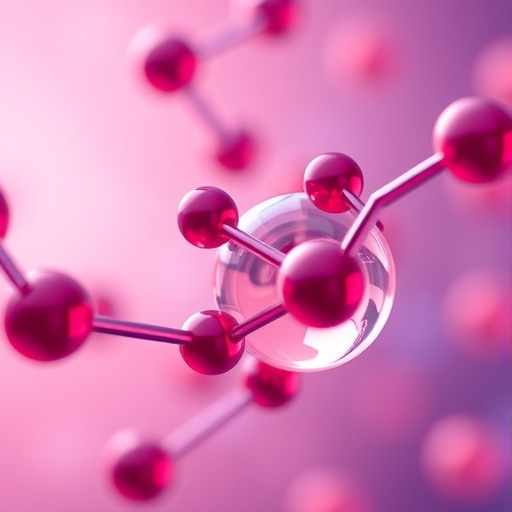FINDINGS
A UCLA-led study comparing brain cells known as astrocytes in humans and mice found that mouse astrocytes are more resilient to oxidative stress, a damaging imbalance that is a mechanism behind many neurological disorders. A lack of oxygen triggers molecular repair mechanisms in these mouse astrocytes but not in human astrocytes. In contrast, inflammation activates immune-response genes in human astrocytes but not mouse astrocytes.
BACKGROUND
Although the mouse is a ubiquitous laboratory model used in research for neurological diseases, results from studies in mice are not always applicable to humans. In fact, more than 90% of drug candidates that show preclinical promise for neurological disorders ultimately fail when tested in humans, in part due to a dearth of knowledge about the differences in astrocytes and other brain cells between the two species.
Astrocytes are crucial to the development and function of the brain, and they play a substantial role in neurological disorders that, nonetheless, is not fully understood. Injury or infection causes astrocytes to go from a resting to reactive state in which they can aid in repairing the brain but can also increase detrimental inflammation.
METHOD
The scientists studied developing cells purified from mouse and human brain tissue, as well as cells grown in serum-free cultures from astrocytes selected using an antibody-based method developed by the study’s corresponding author.
This technique was necessary because the conventional method of selecting astrocytes by growing them in serum — a mixture of proteins, hormones, fats and minerals — throws them into a reactive state similar to that caused by infection or injury. With the researchers’ strategy, they were able to examine the astrocytes in a healthy state and in controlled conditions of oxidative stress, lack of oxygen and excessive inflammation.
IMPACT
The findings have implications for basic and translational research into neurological disorders such as Alzheimer’s disease, Parkinson’s disease and amyotrophic lateral sclerosis — conditions whose underlying mechanisms include oxidative stress, lack of oxygen and excessive inflammation.
Because mouse astrocytes stand up to oxidative stress better, the authors suggest that laboratory models for neurodegeneration could be engineered to lessen that resistance, rendering them more human-like. In addition, the mouse astrocyte’s facility for repair in response to lack of oxygen may suggest a new avenue of stroke research. And neuroscientists can take a more informed approach to preclinical studies by accounting for differences in response to inflammation between mouse and human astrocytes, as well as metabolic differences identified in the study.
###
AUTHORS
Jiwen Li, a UCLA postdoctoral scholar, is the study’s first author, and the corresponding author is Ye Zhang, a UCLA assistant professor of psychiatry and biobehavioral sciences and a member of the Eli and Edythe Broad Center of Regenerative Medicine and Stem Cell Research at UCLA and the UCLA Semel Institute for Neuroscience and Human Behavior. Other co-authors are Lin Pan, William Pembroke, Jessica Rexach, Marlesa Godoy, Michael Condro, Alvaro Alvarado, Mineli Harteni, Yen-Wei Chen, Linsey Stiles, Angela Chen, Ina Wanner, Xia Yang, Daniel Geschwind and Harley Kornblum, all of UCLA, and Steven Goldman of the University of Rochester and the University of Copenhagen.
JOURNAL
The study is published online in the journal Nature Communications.
FUNDING
The study was funded by the ARCS Foundation, the National Institutes of Health, the Dr. Miriam and Sheldon G. Adelson Medical Research Foundation, the W. M. Keck Foundation, the Wendy Ablon Trust, a UCLA Broad Stem Cell Research Center Innovation Award and the Friends of the Semel Institute for Neuroscience and Human Behavior at UCLA.
Media Contact
Tiare Dunlap
[email protected]
Related Journal Article
http://dx.





